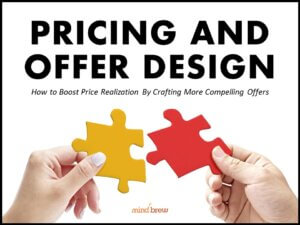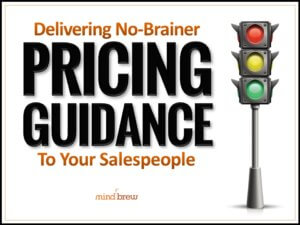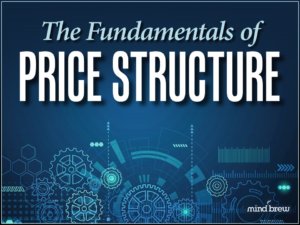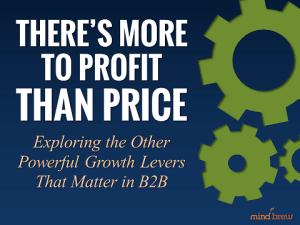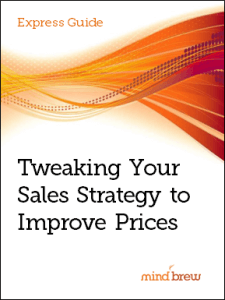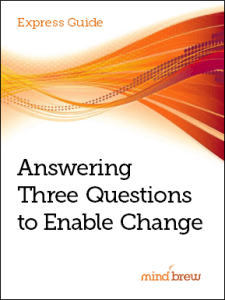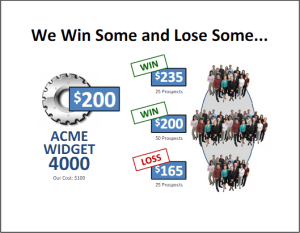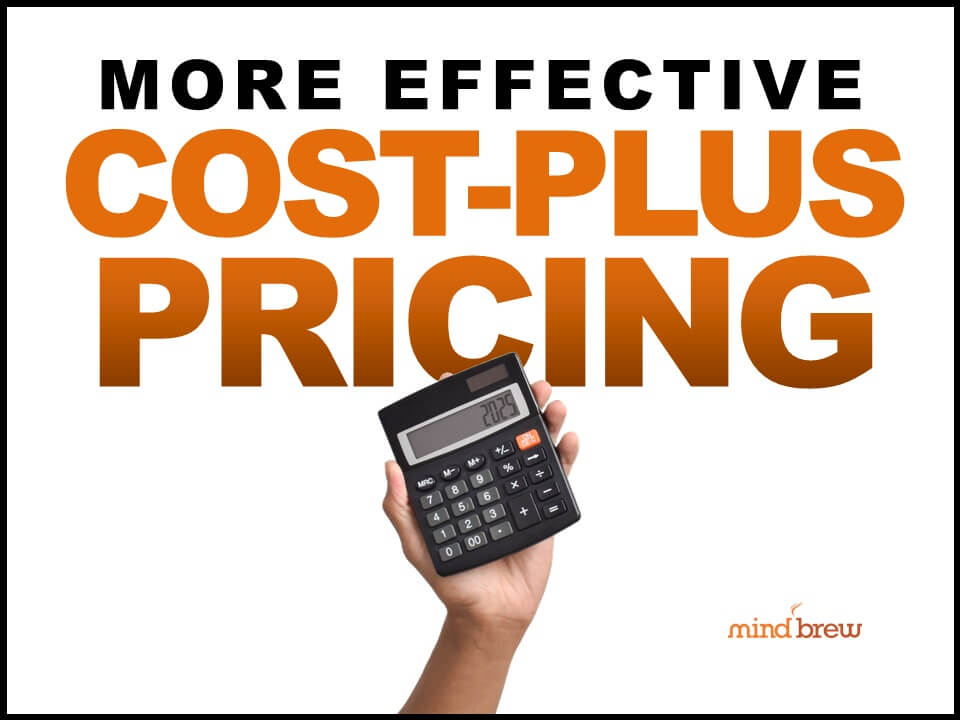In the 1950s, a shoe salesman named Ben Prober discovered a powerful principle. He called it “two not three.”
When a customer asked to see some shoes, Ben would only bring out two pairs at a time. If the customer asked to see another pair, Ben would say, “Sure, which of the first two should I take away?” As a result, the customer was only ever deciding between two pairs of shoes.
Ben had accidentally discovered a psychological principle: having too many options can lead to analysis paralysis. While more choice seems like a good thing, it can actually make customers less willing to buy. If customers have three pairs of shoes to choose from, they might decide to go home and think about it. But if you ask them, “Which of these two pair do you prefer?” they tend to make a purchase.
Too many pricing options
From what we see in our research, we think there are a lot of pricing folks out there who have never heard this story. Many pricing teams seem to think that offering more options, more tiers, or more flexibility adds value.
In practice, however, too many options can overload buyers and weaken the salesperson’s ability to guide the deal. When everything is on the table, nothing stands out. When no trade-offs are necessary, there’s no urgency to choose.
Remember: pricing isn’t just about communicating value. Pricing also involves decision design. When you do it right, smart pricing creates contrast, guides evaluation, and limits noise.
Common pricing mistakes
If you’ve been in pricing very long, you’ve probably witnessed pricing sheets with one of these flaws:
- A three-tiered pricing model where the middle option always wins — and no one even remembers the point of the top tier
- A pricing sheet with so many add-ons that the buyer begins itemizing what they can remove
- A quote that unintentionally shifts focus from solving the problem to comparing line items to see how they can lower the price
It’s easy to see B2B customers as nameless, faceless corporations. But the truth is that it’s always humans making the buying decisions. B2B buyers are just as susceptible to decision fatigue as consumers. And because the stakes are higher, the cost of confusion is greater.
Your salespeople will take their cues from your pricing structure. If your pricing model suggests that every permutation is on the table, that’s what they’ll present to customers.
On the other hand, if your structure invites comparison and highlights trade-offs, it makes it easier for salespeople to steer the conversation. It also makes it a lot more likely that they’ll eventually close the deal under terms that are favorable for your organization.
If you’d like to learn more about how to effectively structure pricing, check out the following resources:
- Pricing and offer design
- Delivering No-Brainer Pricing Guidance to Sales
- The Fundamentals of Price Structure
In pricing — as in selling shoes — more isn’t always better. Sometimes the best way to move a deal forward is to stop offering more and start taking something away.

